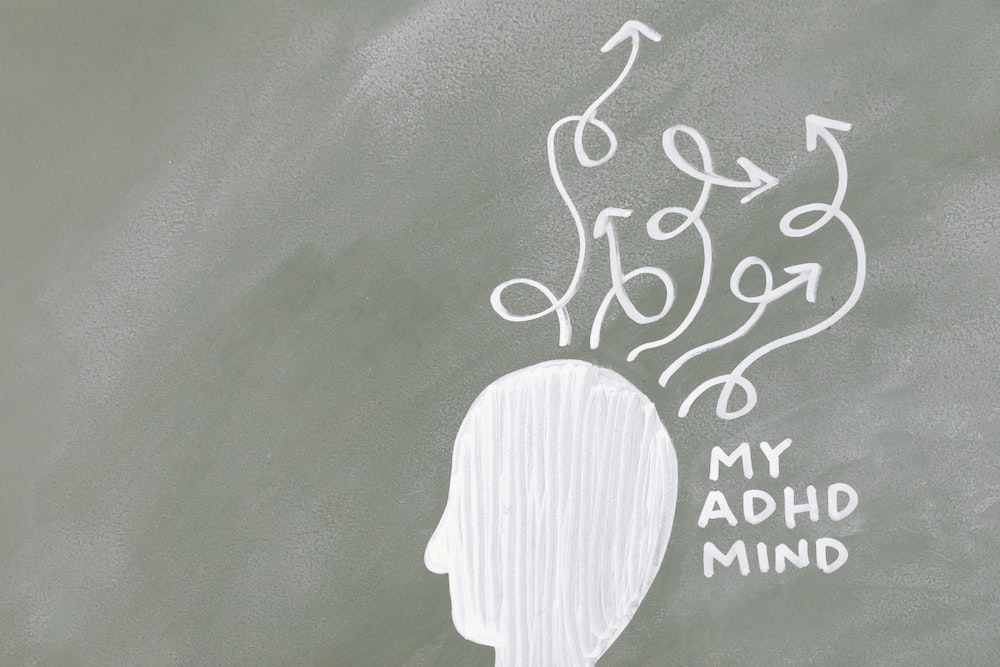How to Focus with ADHD on Your Goals

if you’re wondering how to focus with ADHD on your goals, these four ways are paramount.
- Resources and support: Identify resources and support you need to achieve your goals. Consider what knowledge, skills, tools, or materials you need to achieve your goals, and research where you can find them. Look for training courses, online resources, mentors, or supportive friends and family who can help you on your journey.
- Rewarding progress and dealing with setbacks: Celebrate each milestone as you progress towards your goals. Set up a system of rewards for yourself for achieving certain milestones. If you face setbacks, stay positive and remember that setbacks are a natural part of the process. Use them to learn and grow, and adjust your plan accordingly.
- Personal growth and development: Achieving your goals can contribute significantly to your personal growth and development. You can gain new skills, knowledge, confidence, and a sense of accomplishment. Additionally, achieving your goals can help you overcome limiting beliefs, build resilience, and develop a growth mindset.
- Accountability and support: Sharing your goals with others can help keep you accountable and motivated. Identify individuals supportive of your goals and share your progress with them regularly. You could also consider joining a support group or finding an accountability partner who shares similar goals and can provide support and encouragement.
Remember, achieving your goals requires consistent effort, dedication, and commitment. Don’t be afraid to ask for support and resources, staying focused on your vision and motivation.
May 3, 2023


